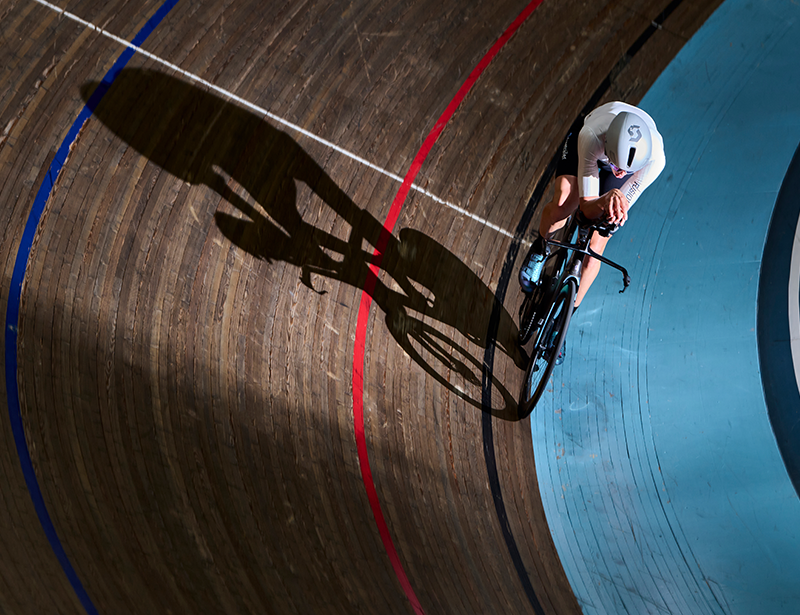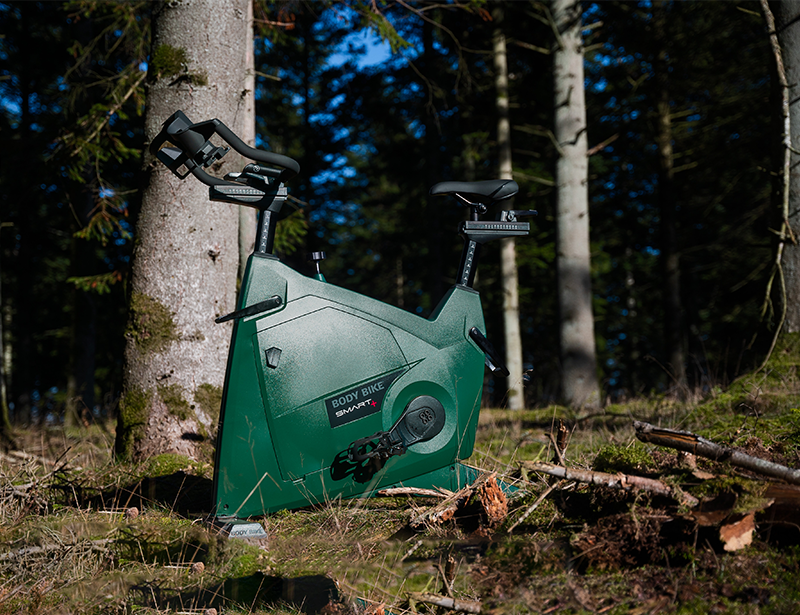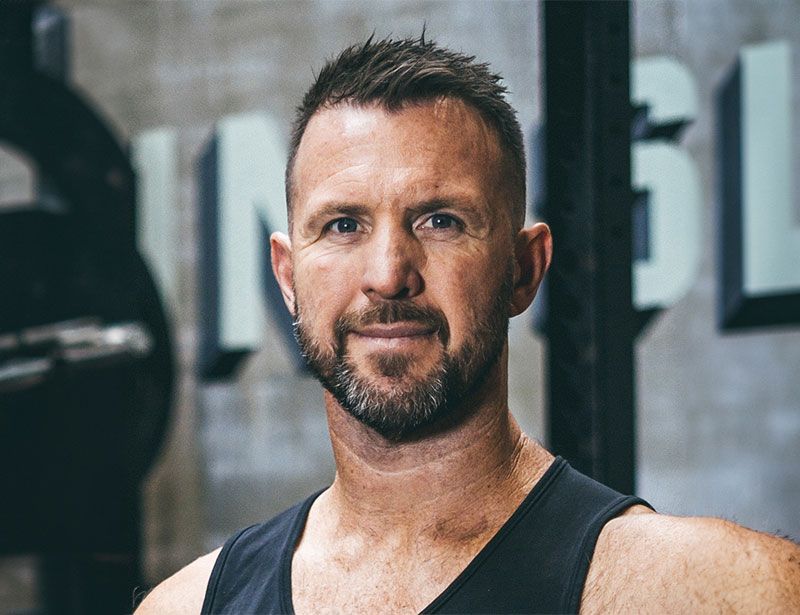Panellist, Sustainability
Navigating the headwinds
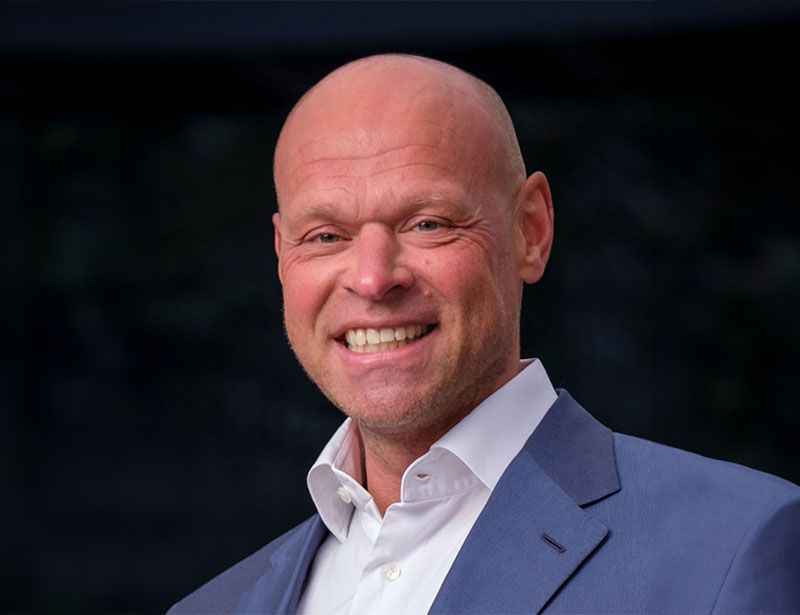
Our latest edition of RIDE HIGH includes a must-read supplement – A Global Crisis? – in which we speak to operators across Europe, Asia-Pacific, Africa and the Americas to understand the region-by-region challenges facing the fitness sector at the moment, and the strategies that might be deployed to navigate them.
Check out all our expert comments here or download a PDF of the full magazine, including the supplement, above.
Here, we share the perspective of Jordy Kool, chair of Urban Gym Group in the Netherlands. Interview conducted 2 November 2022.
Urban Gym Group is performing well. Profitability isn’t yet back to pre-COVID levels – not least because we’ve made a number of acquisitions and opened new clubs – but average club attendance is exceeding 2019 levels, driven in particular by our Trainmore brand.
There are a number of headwinds, but decisions we’ve made over the last couple of years are helping us navigate these.
Prices of equipment are up; one supplier has raised its prices by 16 per cent. Fortunately we saw COVID as a time to invest, including new equipment across our estate. In combination with a diversification of our supplier portfolio, we’ve avoided the worst of the price increases.
There’s huge pressure on salaries, too. Our staff make a difference in our business, so we’d already planned to pay them more to help with their own rising costs. However, this is a major consideration for all operators right now.
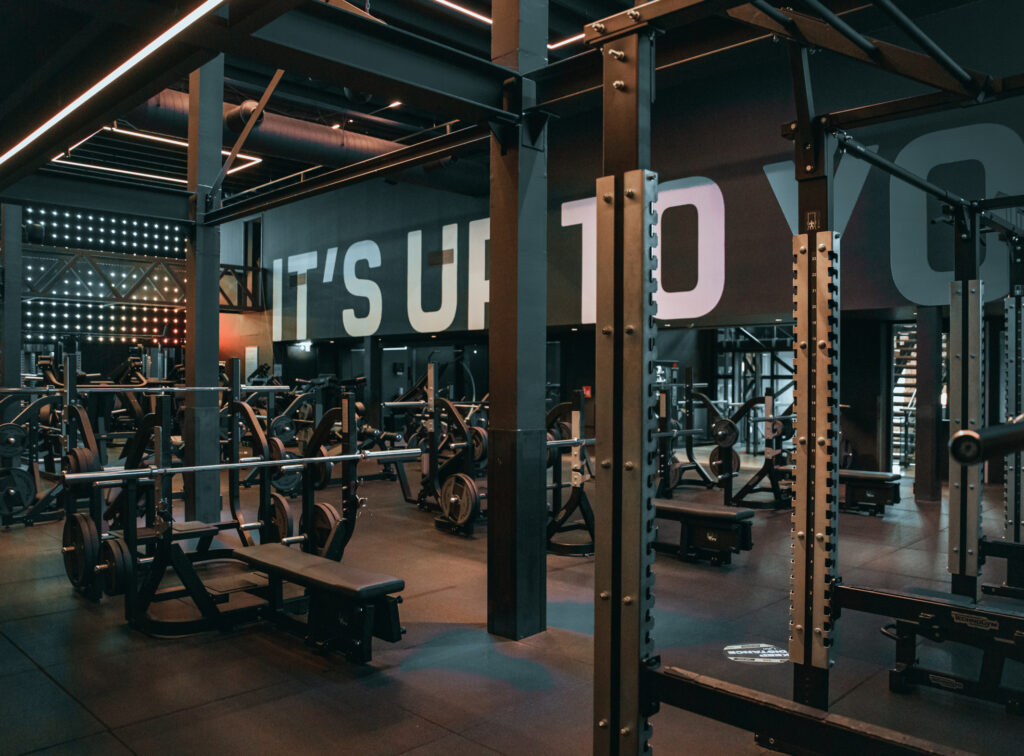
Rent is also up: in the Netherlands, landlords are allowed to increase rent in line with the consumer price index, which is currently 14 per cent. I’m expecting the government to get involved, so that may change, but meanwhile we’re in a good position: our strong footprint in Amsterdam and our continued growth makes it wise for landlords to support us.
Rising electricity and gas prices are having a huge impact on the sector, but we hedged our costs for the long term and aren’t feeling it yet: at the majority of our clubs, we’re still on the old prices until the end of 2023.
“We’re doing what we can to lower our energy consumption, including speaking to landlords about co-funding solar panels”
It will come, though, so we’re doing what we can to lower our consumption now: building smarter, including LED lighting, and speaking to landlords about co-funding solar panels, as well as a range of other things. We’re also getting better at simply turning things off when not in use.
We already removed sunbeds as not core to our healthy offering, and in some clubs removed saunas that weren’t used much to expand the gym. Both decisions, while not driven by energy costs, have positively impacted our energy use.
But some things are harder to control: air conditioning, for example, which members can sometimes even turn on themselves, and the length of people’s post-workout showers. And in the end, however much you try to cut consumption, you still have a service and a product to offer. I can only sympathise with those who have swimming pools to run.
I’ve been speaking to operators whose electricity bills are five, six, seven times higher than they used to be. You’re never going to be able to compensate for that. Even two or three times will send some businesses into a loss.
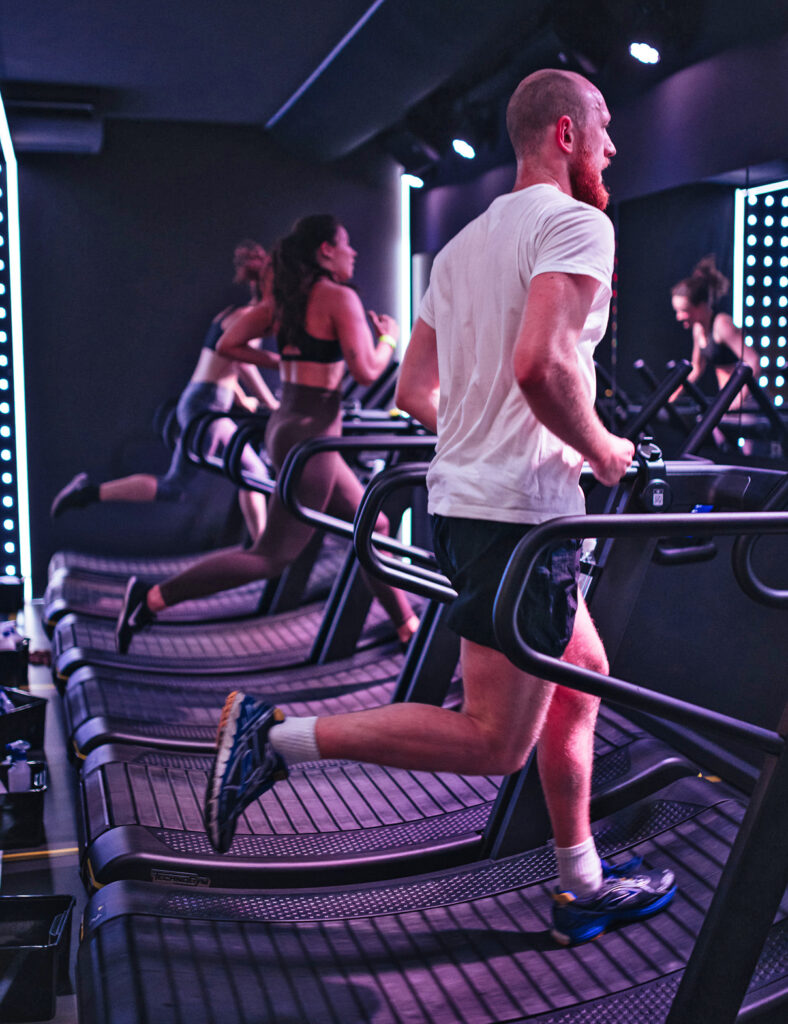
And all of this at a time when interest rates are rising and impacting the ability to raise debt; when customer acquisition costs are going up and lifetime value down as members pay less and don’t stay as long; when over-supply in the boutique segment means aggregators won’t be able to subsidise everyone; and when even high-end wellness operators, unless they have particularly strong margins and non-price sensitive members, will find it tough.
We aren’t exempt from the pressures. We’ve closed two of four standalone High Studios, for example, as they weren’t making a profit, and put the programming into GX studios at our other clubs instead. But we’re in a good position having raised new debt at good rates during COVID. We may not have the deepest pockets, but we do at least have pockets. We can survive another crisis and make further acquisitions. And we do expect to make acquisitions. How can smaller operators survive in this climate? There’s only so far you can raise prices for the consumer, if at all.

Conceived, powered and funded by BODY BIKE®, RIDE HIGH has a simple mission: to celebrate and champion the very best of indoor cycling, sharing ideas, stories and experiences from around the world to inspire the sector on to even bigger and better things. Subscribe for free by leaving your details below and we'll send indoor cycling's hottest news direct to your inbox three times a year.

